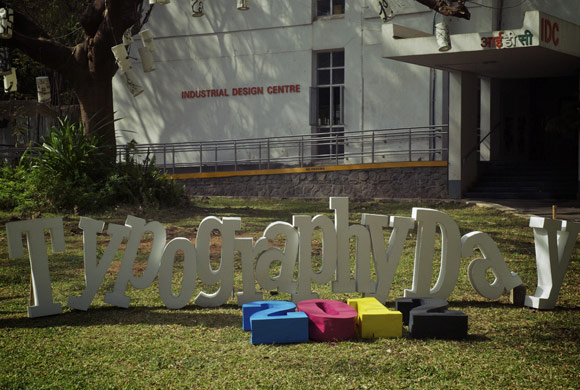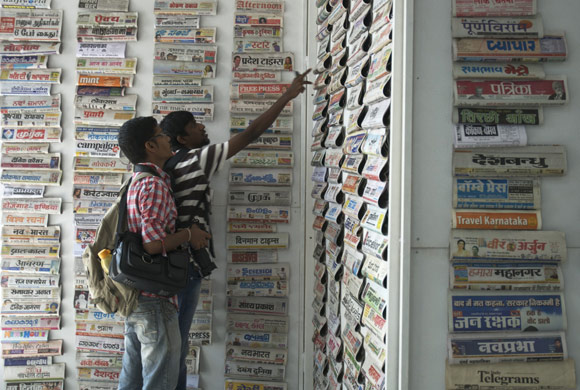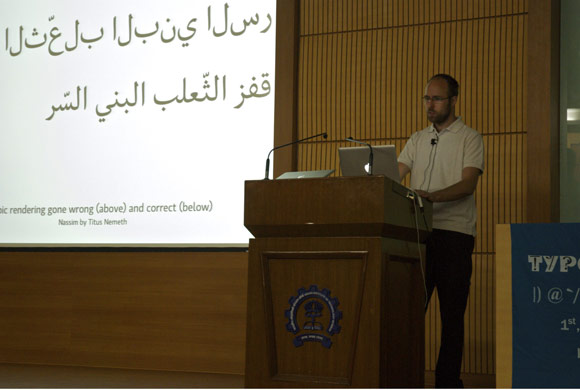On 28 February, David Březina gave two lectures at NID students. A general introduction On typeface design (see the slides here) and a presentation of some of Rosetta’s innovative designs, including some unreleased pieces. NID is the design education hub of India. Started in the 1960s it has a long tradition of collaborating internationally, with designers such as Charles and Ray Eames and Adrian Frutiger. It has produced many talented and influential Indian designers. Big thanks to Tarun Deep Girdher, Rupesh Vyaz, and Suresh Immanuel for inviting us and hosting us so generously!

In Bombay, or more precisely in Powai, Industrial Design Centre at IIT organised the fifth edition of the [Typography Day conference](http://www.typoday.in (or Typoday). As a matter of fact, it was three typographic days long (1–3 March). The first one was devoted to student workshops, the other two consisted of academic lectures from teachers such as Ken Botnick and Rathna Ramanathan, professionals such as Paul Hunt (Adobe) and Ted Harrison (FontLab), but also from IDC students and recent graduates.

David’s paper Challenges in multilingual typography addressed the objectives of designing multilingual type families where designers face challenges on the crossroads of linguistics, typography, and computer science. Type design is not only about drawing nice letter-shapes, but it also deals with their optimisation for output, that is, typographic layout, and special requirements for the target media and technology. Some of the main challenges lie in extending the typographic repertoire of one script (i.e. writing system) with tools similar to those of another, e.g. designing a type system with complementary cursive style for Armenian, see Arek. Other challenges lie in adapting the scripts to a typographic system or to the limitations of certain kind of media (e.g. issues connected with supporting Arabic typefaces on the web, see our Arabic webfonts. At the end David also revealed Rosetta’s upcoming type family for Devanagari and Gujarati which was designed to allow for more complex typography in the respective scripts. We will post more about it soon.
